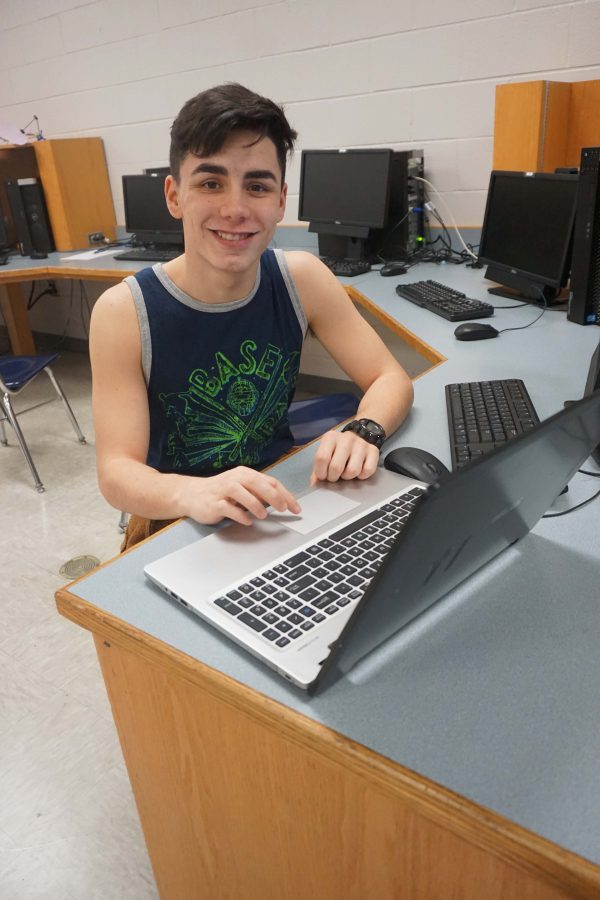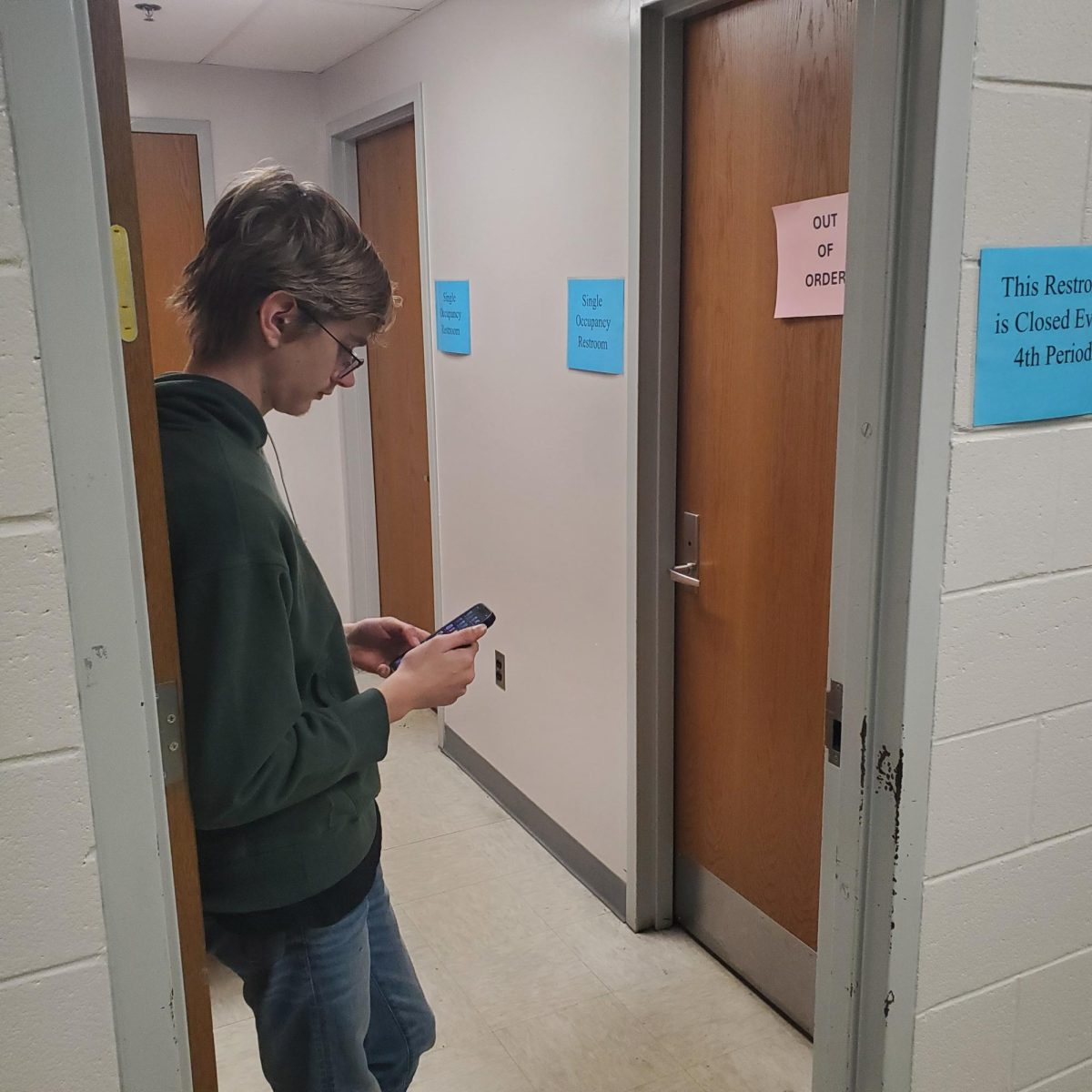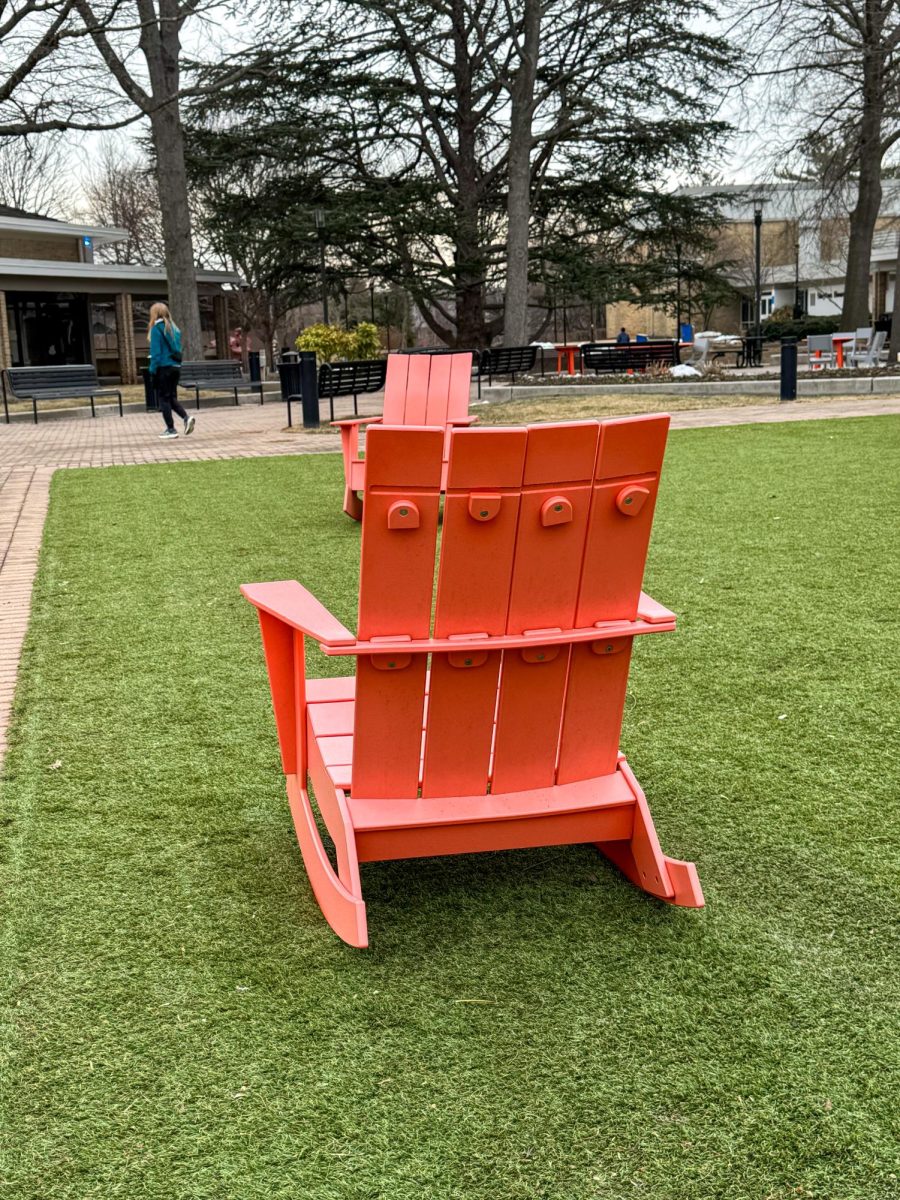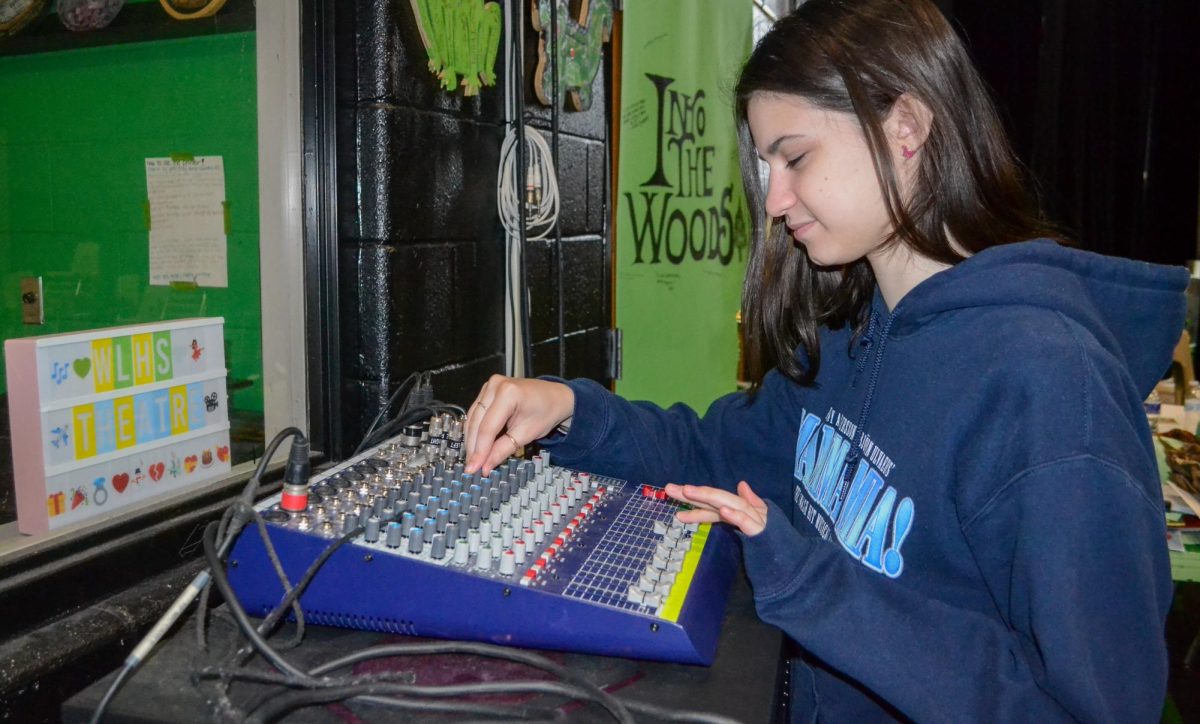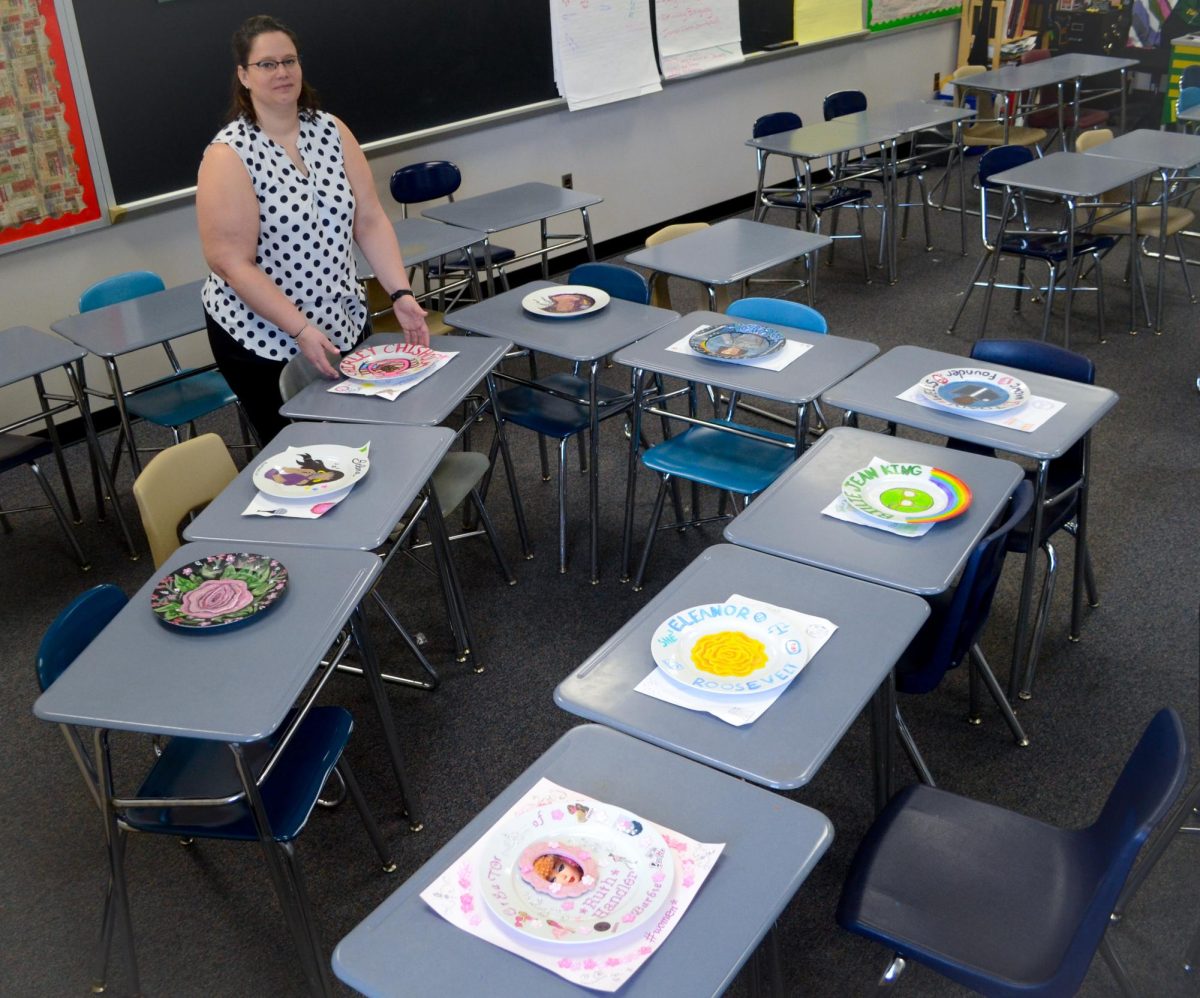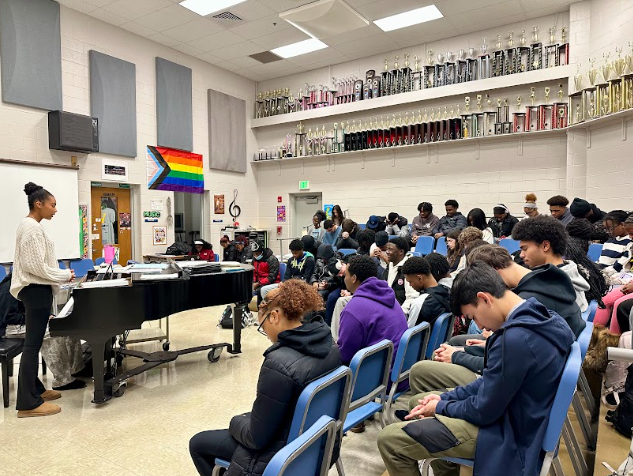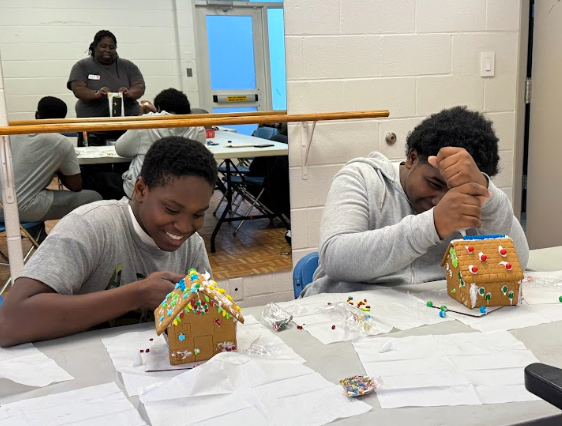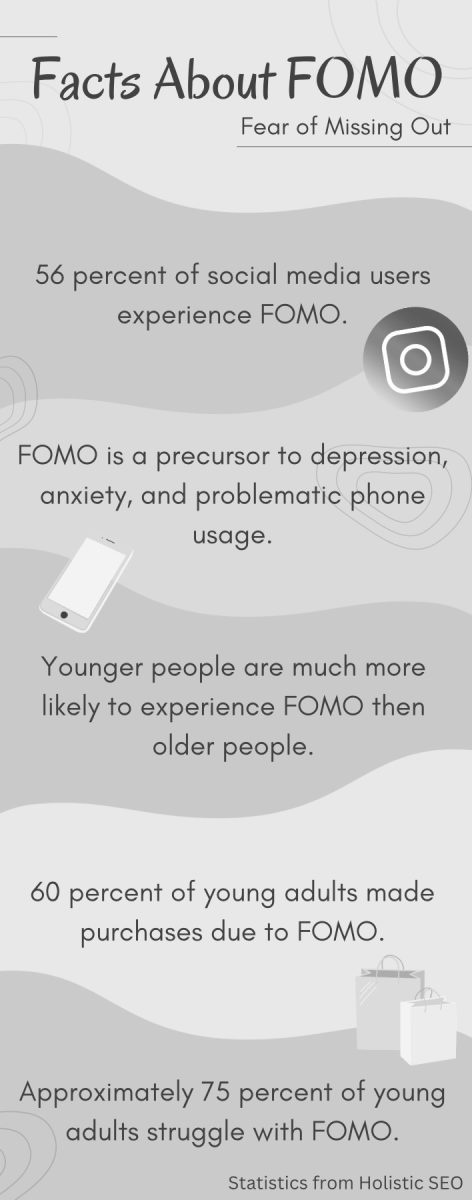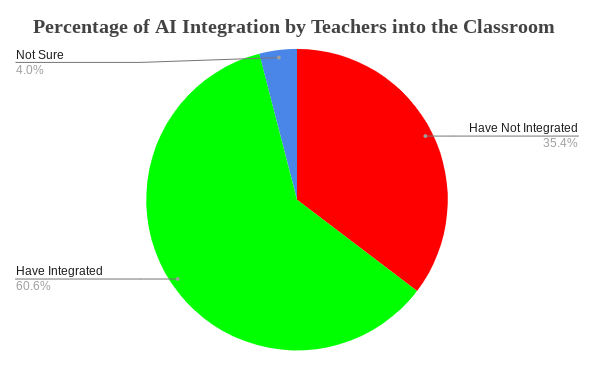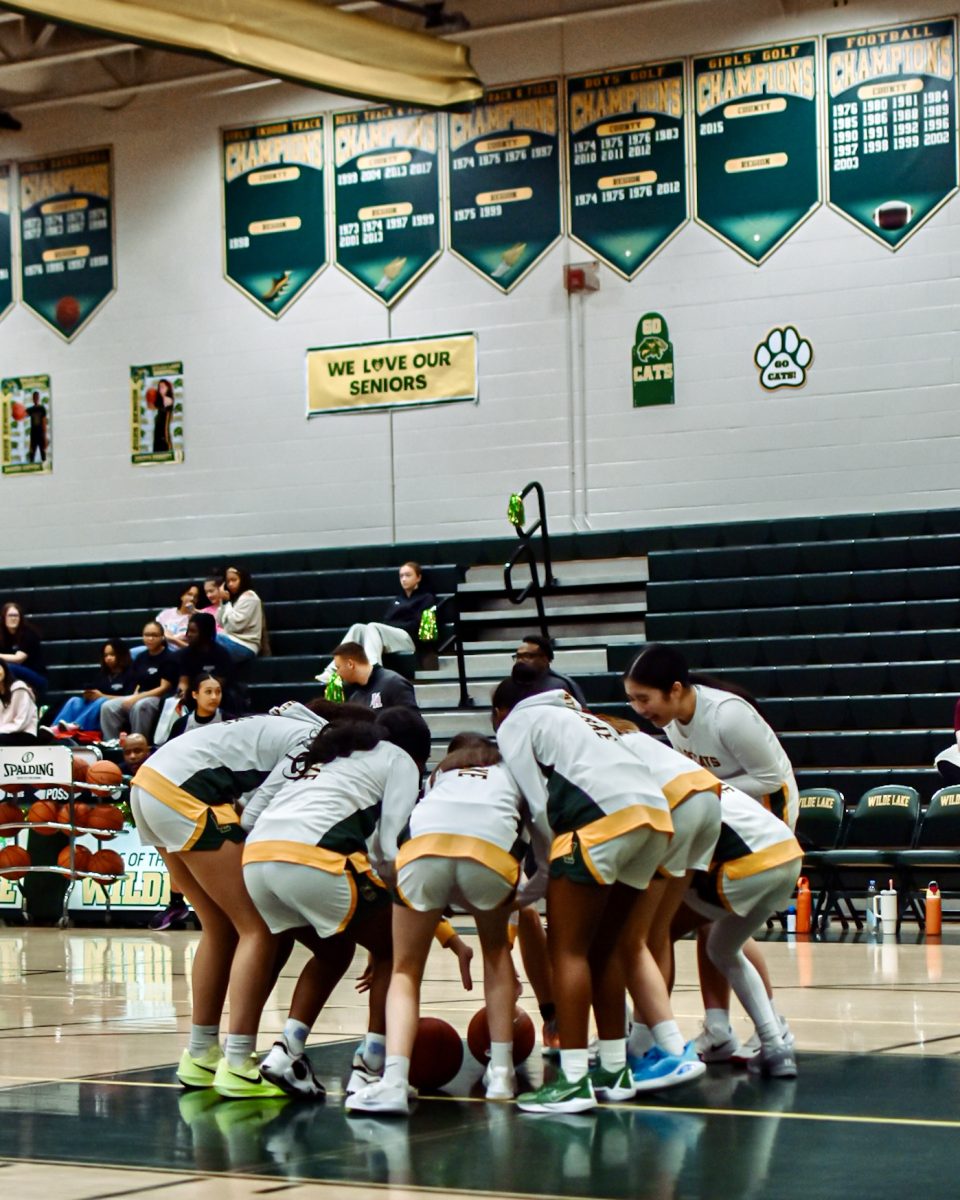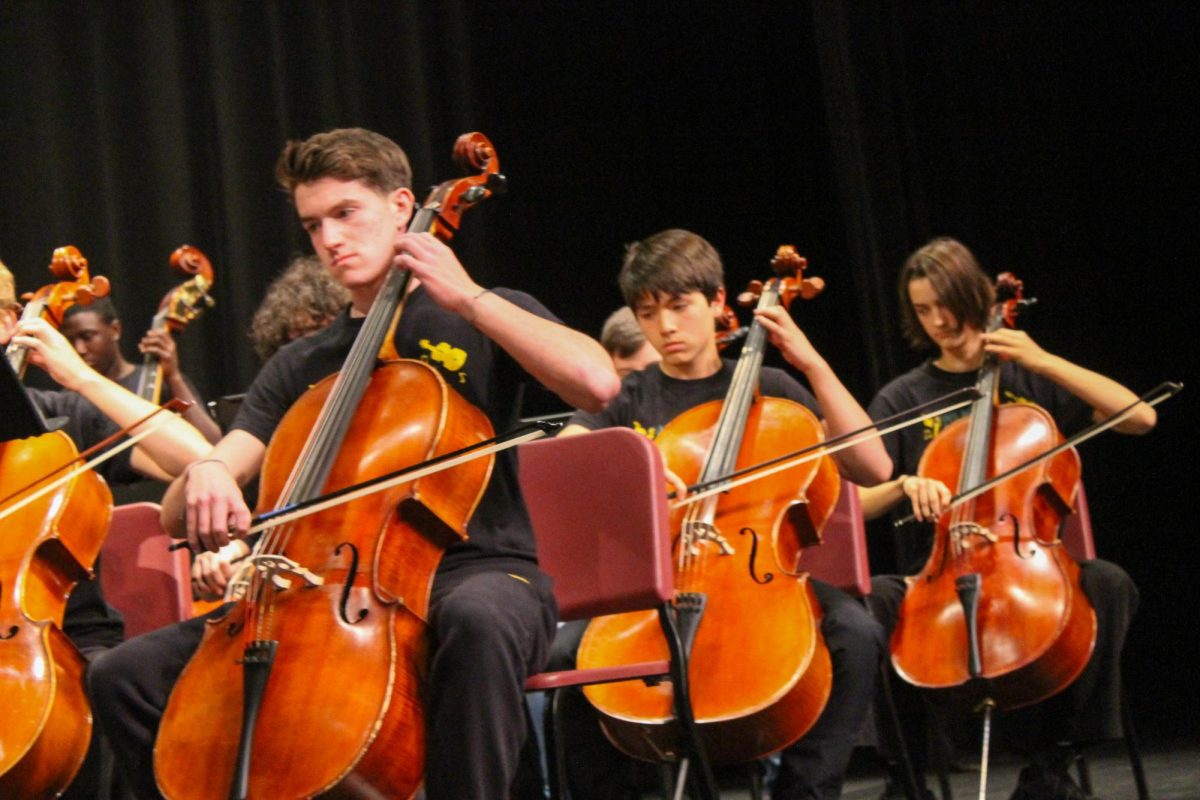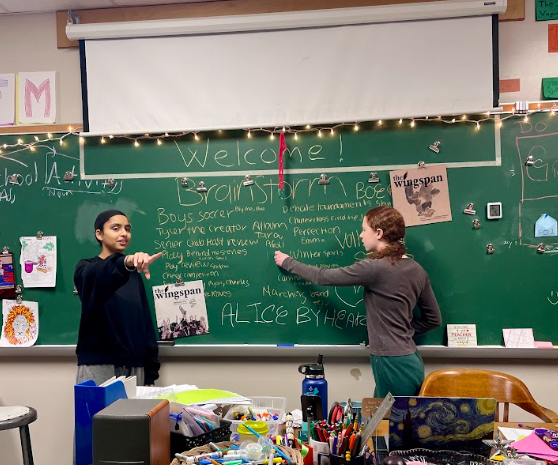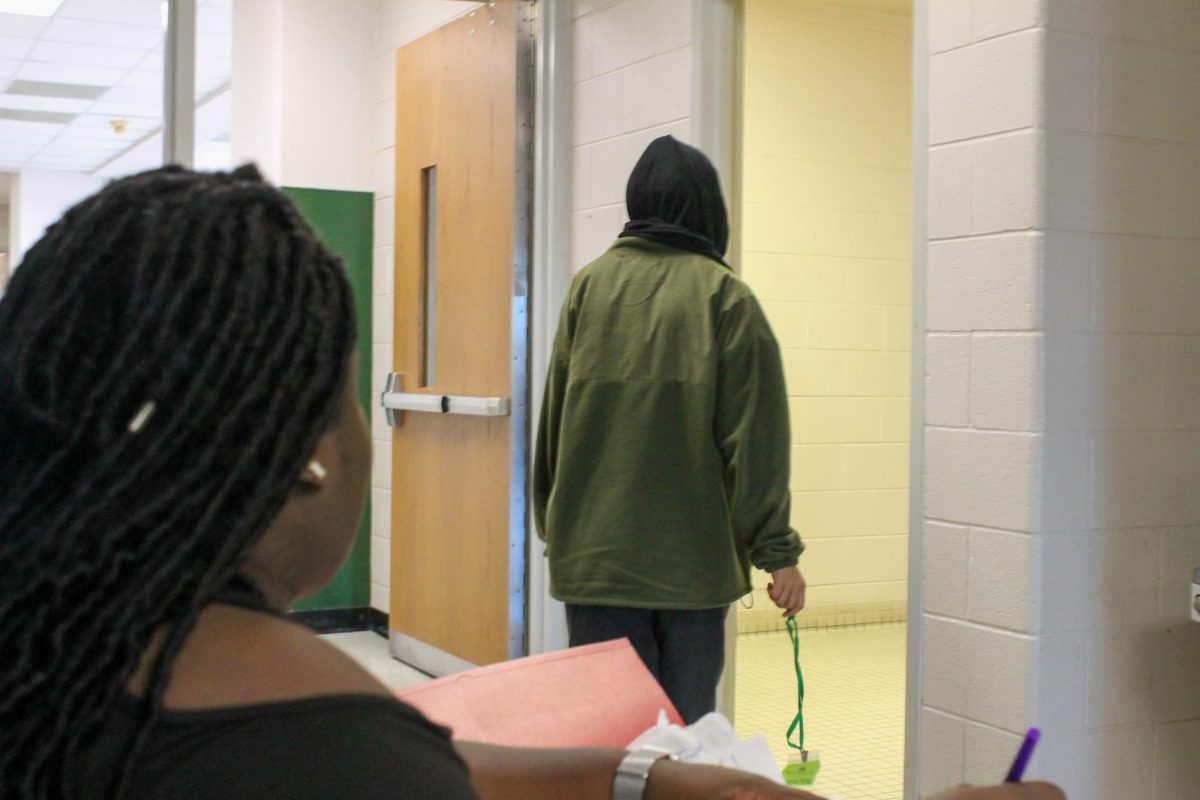Sophomore Philip Taylor Designs Prosthetic Arm for Children
March 1, 2017
Most children spend their childhoods racing up and down plastic slides, toddling around parks and screeching after scraping a knee or an elbow. But for children who have disabilities, a simple crash can have more serious consequences.
A typical prosthetic limb can range anywhere from $5,000-$50,000, according to ABCNews.com, and only lasts three to five years if it doesn’t get damaged along the way.
Children are more accident-prone and with them constantly growing, the prosthetics would have to be replaced more frequently. Additionally, children do not have access to the same higher-grade prosthetics that adults do.
Sophomore Philip Taylor wants to change this. After meeting an army veteran with a prosthetic leg, he realized he had the potential to make something that makes a difference in the lives of people with disabilities.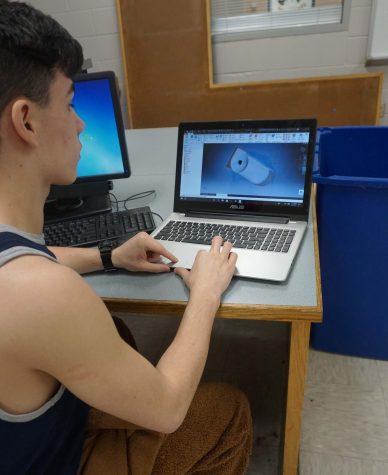
Through Wilde Lake’s GT Research program, Philip has been able to work on a design for a 3D printed prosthetic arm for children, which would only cost between $100-$150.
Philip’s design would have a module socket, which will allow the place where the arm joins with the prosthetic to expand and contract with the growth of the child. Each piece will also be detachable, allowing parts to be replaced as needed without buying a whole new limb.
What Philip is designing is a muscle-sensing prosthetic. When you squeeze your hand, the muscle in your arm flexes. With a muscle sensor, it can read that and use it as potential energy. It will send a signal to an RPM chip that will control all the motors.
One flex would make a hand open and close, two would make it point or perform a different function, based on its programming.
The completed design will be uploaded to a website called e-NABLE. Anyone in the world can come to this website, select Philip’s design, adjust it to fit themselves and pick their favorite color, then 3D print the design and have it in a short amount of time.





